Have you read about betaine in skincare, and something called betaine salicylate popped up and awakened your thirst for knowledge? Or are you looking for a gentle alternative to salicylic acid? Then you should meet betaine salicylate and understand how it’s different from salicylic acid. That’s why in today’s post we’re breaking down everything about betaine salicylate vs. salicylic acid and which one is more worthy for your skincare routine.
What is betaine salicylate?
As the name suggests, betaine salicylate results from the combination of salicylic acid and betaine. To recap, salicylic acid is a beta-hydroxy acid (BHA), aka an exfoliating acid, often used to reduce acne, unclog pores, and balance sebum, while betaine is a humectant, meaning it keeps skin hydrated and plump. In other words, betaine salicylate is a keratolytic agent (exfoliant) with moisturizing properties that provides the same benefits as salicylic acid while having increased tolerability.
Since the exfoliating power of salicylic acid may feel too harsh and cause dryness and irritations to some, the soothing benefits of betaine help reduce these side effects. That’s why betaine salicylate might be a great alternative to salicylic acid, especially for people with easily reactive skin.
Betaine salicylate benefits for skin
The benefits of betaine salicylate in skincare result from the antimicrobial and exfoliating properties of salicylic acid combined with the soothing and hydrating effects of betaine. As such, betaine salicylate provides mild exfoliation that helps remove dead cells buildup from the uppermost skin layer and unclog the pores. Hence, it may be useful for treating mild acne, reducing excess oil, and preventing future breakouts thanks to its keratolytic and pore-clearing abilities. And it does all of that without drying the skin, thanks to the addition of betaine.
Betaine salicylate vs salicylic acid
Unlike salicylic acid, betaine salicylate is believed to act more delicately on the skin. More precisely, betaine salicylate is assumed to be twice as gentle as salicylic acid but also less effective at exfoliating and clearing acne. It turns out that 4% betaine salicylate is equivalent to 2% salicylic acid, but again, there’s no actual evidence to support any of these assumptions. Although betaine salicylate in skincare looks promising, there’s a lot of misinformation regarding its effectiveness. Due to the lack of evidence, there’s hard to say whether or not betaine salicylate is as effective as salicylic acid. Still, it’s gentler for sure.
Side effects of betaine salicylate
Even though betaine salicylate is milder, it still may cause side effects such as dryness and sensitivities so it’s always better to start with a low-concentrated product to see how your skin reacts. But overall, betaine salicylate is considered safe and suitable for most skin types unless your skin has a hypersensitivity to it.
How to use betaine salicylate
How to use betaine salicylate in skincare mostly depends on the product at hand. Toners, cleansers, serums, and moisturizers containing betaine salicylate can be used twice daily while peeling solutions or exfoliants shouldn’t be used more than twice weekly. Always make sure your skin is properly moisturized after exfoliating with betaine salicylate.
Is betaine salicylate good for the skin?
Despite the lack of research, betaine salicylate is definitely good for the skin. Both ingredients used in the formulation of betaine salicylate, namely betaine and salicylic acid, have well-established benefits and work great together to keep complexion healthy and balanced.
Can you use betaine salicylate with salicylic acid?
There’s no point in using salicylic acid and betaine salicylate together. If you do so, you risk over-exfoliating your skin, and the benefits you’d get from combining salicylic acid and betaine salicylate will be more or less the same as using these two ingredients separately.
Which one should you use?
Some people who’ve tried both betaine salicylate and salicylic acid claimed that betaine salicylate worked better for them due to increased tolerability, while others haven’t seen many results from using it. So which one you should use depends on your skin condition and how well it tolerates acids. If your skin can tolerate salicylic acid without sensitivities, you should keep up with it. Otherwise, betaine salicylate might be better.
What are the best betaine salicylate products?
Luckily, there are quite a few products containing betaine salicylate that can replace your salicylic acid serum. Scroll on to find the best of them:
Biossance Squalane + BHA Pore-Minimizing Toner
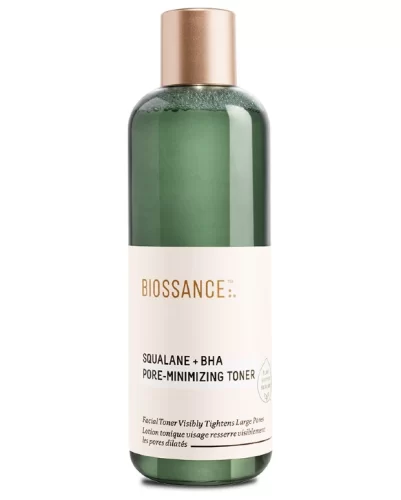
If your goal is to minimize the appearance of large pores and enhance skin texture, Biossance Squalane + BHA Pore-Minimizing Toner got you covered. It’s formulated with betaine salicylate to exfoliate old cells, willow bark extract to shrink pores look, and squalane to soften skin. For sure it’s a cult favorite, and your skin will definitely love it.
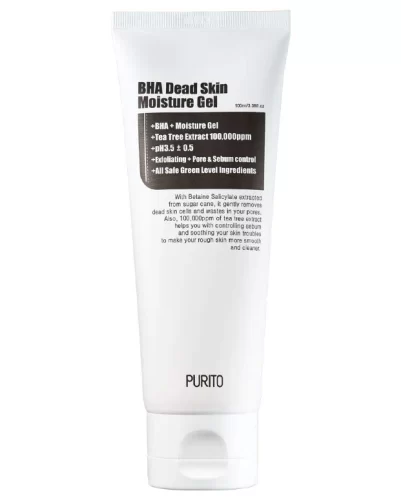
Purito made a peeling gel-like solution combining betaine salicylate with tea tree. This duo does wonders at reducing excess sebum, fighting dullness, and preventing breakouts. It does not dry out the skin (thanks to sodium hyaluronate) and absorbs really quickly. Sounds like a winner!
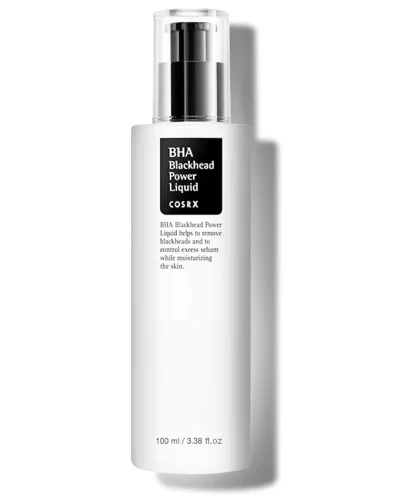
To remove blackheads, use this exfoliant by COSRX. Willow bark extract, betaine salicylate, niacinamide, vitamin B5, and sodium hyaluronate work together to keep your skin in its prime condition. It contains 4% betaine salicylate, which in theory is the same as 2% salicylic acid. At this concentration, rest assured, it’ll make blackheads just a bad memory.
Dr. Jart+ Dermask Ultra Jet Peeling Peeling Essence
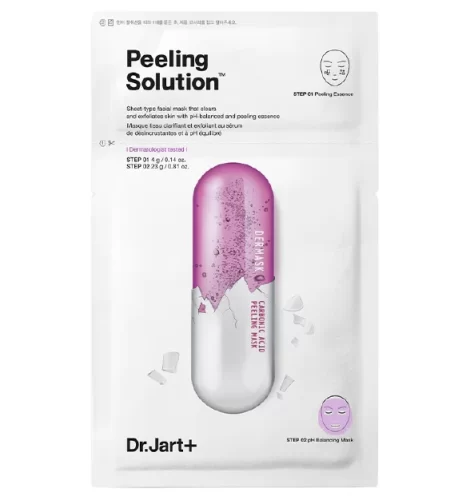
A blend of fruit acids mixed with betaine salicylate helps to resurface the skin and even out tone, while olive and castor seed oils soothe inflammation, relieve dryness and promote a healthy appearance.
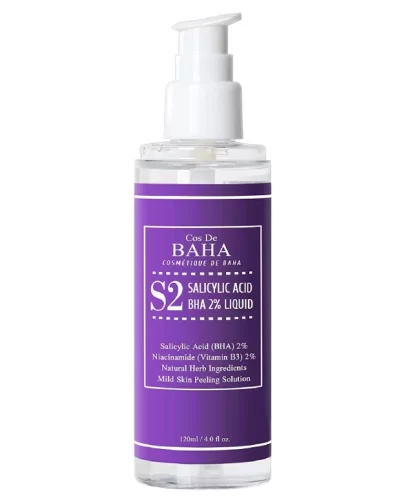
For only $15, you get an acne spot treatment that packs 2% salicylic acid with betaine salicylate to get you clear, smooth skin without breakouts of any kind. You’d thought that such a potent formula would mess up with your barrier, but it actually doesn’t, thanks to niacinamide, aloe vera, and green tea, which soothes and hydrates. It’s both gentle and effective!
Glow Recipe Watermelon Glow PHA+BHA Toner
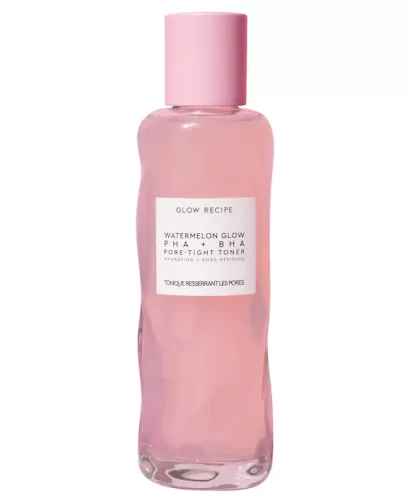
Enriched with betaine salicylate, hyaluronic acid, willow bark, and tea tree extracts, plus hibiscus, licorice, and sugarcane, this toner promises to hydrate the skin while minimizing the appearance of pores and dullness.
COSRX Lightweight Soothing Moisturizer
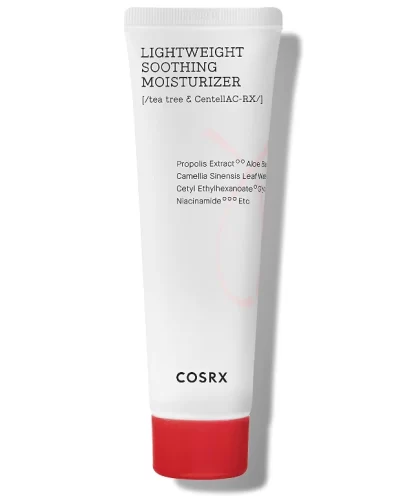
There’s so much to tell about this soothing moisturizer. First, it contains a lot of skin-loving ingredients such as betaine, aloe vera, glycerin, green tea, and niacinamide, plus the three major compounds of Centella asiatica — asiaticoside, asiatic acid, madecassic acid. Their purpose is to keep your skin plump, counteract dryness, reduce irritations and accelerate healing. Finally, betaine salicylate and tea tree oil ensure your skin won’t break out again.
Sources
Women’s Concepts uses reliable sources, including dermatologists’ insights, clinical trials, and scientific journals, to find accurate information and support all the facts shared in our articles. All statements and claims have clear and legit references. Read our editorial policy to learn more about our sources of information, our process of researching and fact-checking the content, and how our team strives to keep all articles updated, completed, and trustworthy.
- National Center for Biotechnology Information (2021). PubChem Compound Summary for CID 71587021, Betaine salicylate. Retrieved November 23, 2021.
- Merinville, E., Laloeuf, A., Moran, G., Jalby, .O. and Rawlings, A.V. (2009), Exfoliation for sensitive skin with neutralized salicylic acid?. International Journal of Cosmetic Science, 31: 243-244. https://doi.org/10.1111/j.1468-2494.2009.00501_2.x




![Does resveratrol in red wine benefit your skin? While sipping on a glass of red wine can be a delightful experience, relying on it for skincare benefits is not the best idea. Sure, red wine contains a smidge of resveratrol, but let's put things into perspective. The concentration of resveratrol in red wine is relatively low. Red wines, specifically Pinot noir from France, typically contain 0.361-1.972 mg of resveratrol per liter.[8] To hit that reference dose of 500mg of resveratrol, you'd need to drink a lot of wine. We're talking about downing anywhere from 100 to 1000 glasses per day. It's a scene straight out of a wine lover's wildest dreams, but definitely not the healthiest approach. Resveratrol Benefits for Skin](https://womensconcepts.com/wp-content/uploads/2022/03/Resveratrol-Benefits-for-Skin.jpg)
